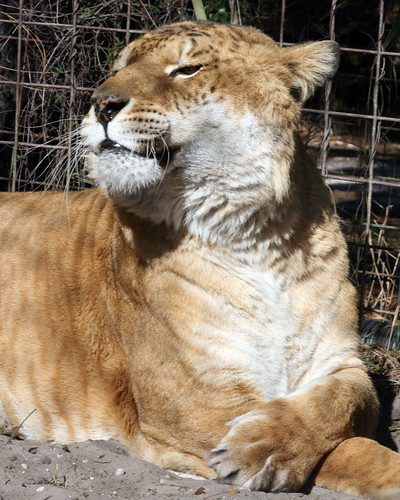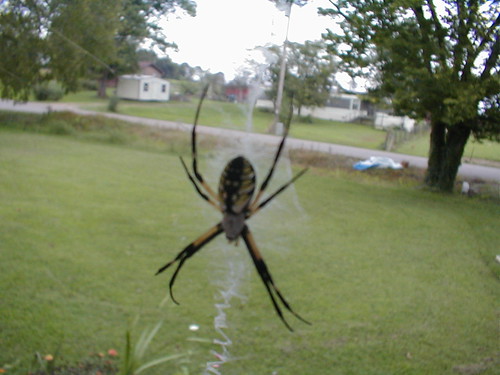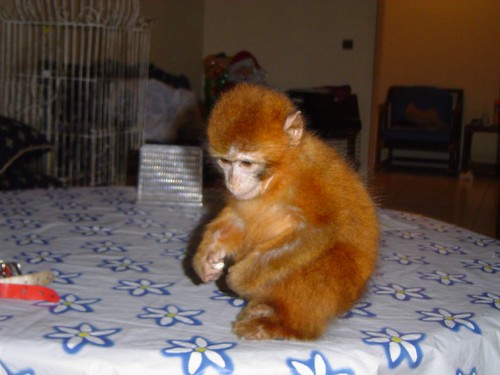
If you are one of those people considering a big cat as your next pet purchase, you may want to think again. There is much to consider when it comes to purchasing a large cat. Besides the fact that it is a wild animal that will never be truly domesticated, there are some tremendous costs involved. If you think it is just the cost of the cat itself that will empty your wallet you have not done enough research.
Not to mention that most large cats die within the first two years, up to 98%. You will have to cover all the expense of your large cat’s diet, which can be extremely costly when your cat is eating 15 pounds of fresh meat per day. If you try to skimp on nutrition, the vet bills will be even more costly than they would be normally.
You can expect to get a large cat at several price ranges. Some cats can go for as little as $500 and as high as $15,000. The more rare and large cat you get, the more you can expect to pay. Even if you are willing to pay that price for that sweet furry baby, he or she will not stay small for long. Within a year a large, full sized cat that will be sexually mature will replace your fuzzy baby. Even if you decide to spay or neuter your big cat, both sexes will spray continuously on everything and everything that they assume belongs to them, including you! This is how they mark what belongs to them. This large tabby is not going to go in a giant litter box; it is a wild animal, not a domestic house cat.
The most difficult task is to find a vet who is even willing to take care of your large wild cat. This will be a chore, as most vets do not deal with exotic pets at all, let alone a giant wild cat. There is much in the way of liability that their staff will be placed in as well as their regular domestic clients. You can expect if you do find a vet willing, to have to purchase a stainless steel squeeze cage. This cage should hold your big cat at it’s full grown weight. A tiger can weigh as much as 800 pounds or more and average a length of 12 feet long from nose to tail tip. A squeeze cage for an animal this size can cost as much as $2000. Not to mention the forklift rental for $300 you will need to transfer the animal. Once on the forklift, what are you going to put your large cat in to transfer him or her to the vet? Your large cat will not fit into your car. You will need a large van that is in perfect running condition to transfer your cat. You will not want to be stranded on the side of a road with an angry wild cat. This is not something you can borrow either, emergencies happen and you must be prepared.
Another thing to think about when owning large cats is where are they going to live. Most states require you have a minimum of 5 acres of land to build an appropriate cage for your large cat. When you consider that an acre of land can cost any where between $10,000 - $75,000 plus, this could be a costly venture. Plus many states also require an eight foot fence be erected around the property, there goes another $8,000 - $20,000. Your fence cannot be used as part of your cage, so that too is a separate expense ranging from $2500 - $8000 plus. Your cage must have a roof to prevent escape as well. These numbers represent your start up costs and do not include the first year of your big cat’s life. You will also need to be able to provide your big cat with food and vitamin supplements as well as flea and parasite treatments. A large cat is not going to just let you treat them so you will want to be fast and inventive when applying. This does include all the governmental costs you be continuously spending out on as well or leisure items for the cats. Choosing a large cat as a pet can be a costly endeavor. If not done right, you could lose not only all your money, but also your life.









